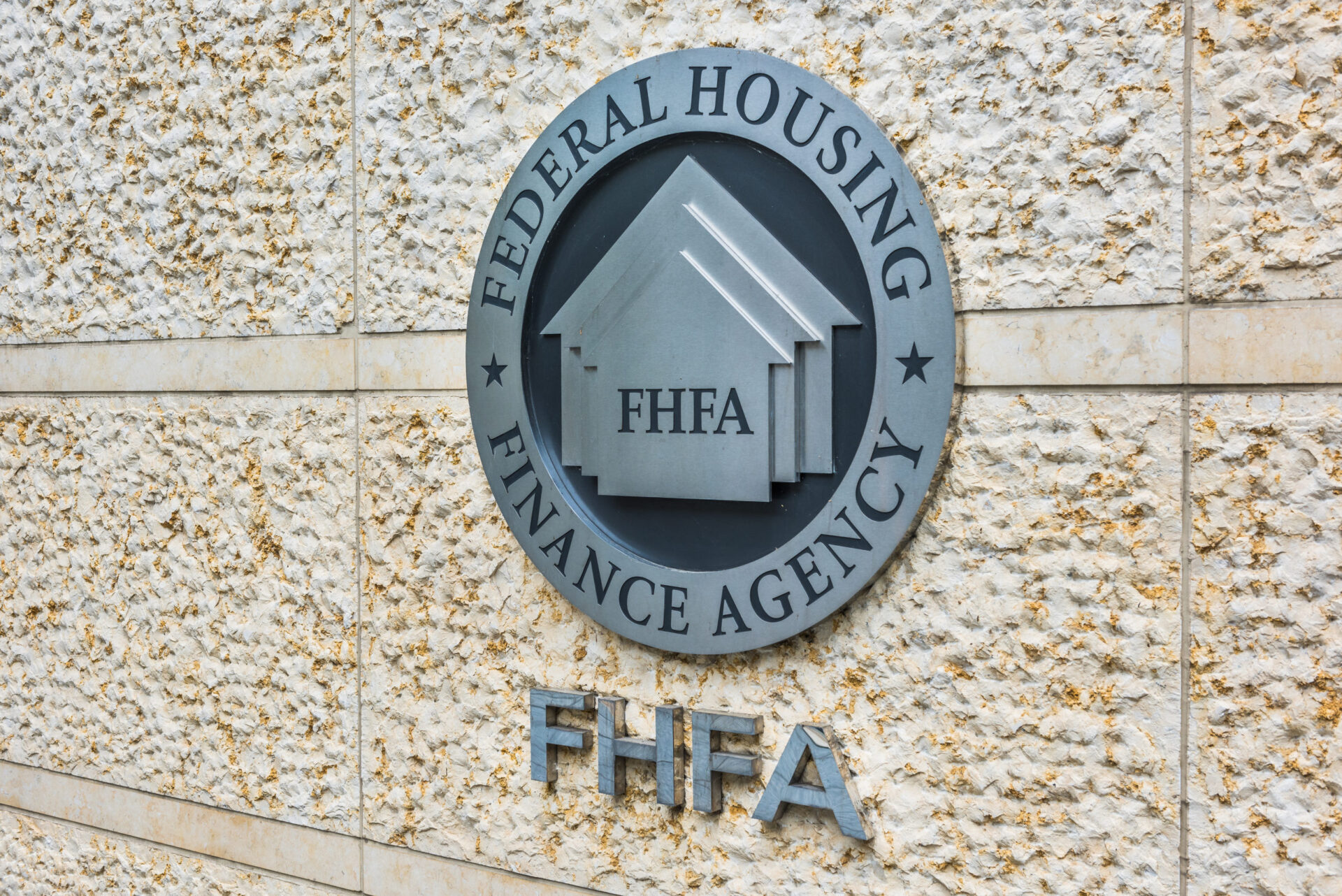The Federal Housing Finance Agency announced Tuesday that Fannie Mae and Freddie Mac will be more flexible on several loan processing steps to help ease the homebuying and borrowing process during the coronavirus pandemic.
The changes are needed in large part because of social distancing requirements, which prevent people from gathering or interacting in an attempt to stop the spread of the coronavirus. President Trump said social distancing mandates will be in place at least through the end of April.
“These loan processing flexibilities will expedite loan closings and help keep homebuyers, sellers, and appraisers safe during this national emergency,” FHFA Director Mark Calabria said.
The Fannie and Freddie adjustments include:
- Allowing desktop appraisals on new construction loans.
- Allowing flexibility on demonstrating construction has been completed (alternative to the Completion Report).
- Allowing flexibility for borrowers to provide documentation (rather than requiring an inspection) to allow renovation disbursements (draws).
- Expanding the use of power of attorney and remote online notarizations.
Previously, FHFA announced Fannie and Freddie would ease appraisal and employment verification requirements for the next two months. That includes using alternatives to reduce the need for appraisers to inspect the inside of homes – allowing for purchases and refinances to go forward.
Additionally, lenders may now obtain employment verification by email from an employer, a recent year-to-date paystub from the borrower or a bank statement showing a recent payroll deposit. This is instead of the required verbal verification that may be hard to obtain when many businesses are closed.
On his first day on Twitter, National Association of Home Builders CEO Jerry Howard praised the move.
“I share NAHB’s gratitude to @FHFA for new flexibility in loan processing for Fannie/Freddie mortgages,” Howard said. “This will keep the American Dream alive for many in this difficult time and ensure that home construction continues to contribute to the broader economy.”
